Washing machine on the balcony
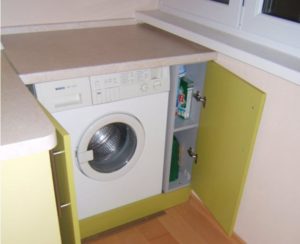 The decision to install washing equipment on the balcony is quite non-standard. This bold placement option is chosen by people who are not afraid to face difficulties. And there will definitely be problems when bringing the idea to life: how to connect communications to the loggia, how to insulate the balcony, how to drag the washing machine onto it? These are only some of the issues that remain to be resolved. If such prospects do not frighten you, then the option of installing a washing machine on the balcony is for you. Let's figure out where to start implementing our plans.
The decision to install washing equipment on the balcony is quite non-standard. This bold placement option is chosen by people who are not afraid to face difficulties. And there will definitely be problems when bringing the idea to life: how to connect communications to the loggia, how to insulate the balcony, how to drag the washing machine onto it? These are only some of the issues that remain to be resolved. If such prospects do not frighten you, then the option of installing a washing machine on the balcony is for you. Let's figure out where to start implementing our plans.
Is it possible to install it on a balcony?
At the initial stage of planning the scope of work, decide whether it is realistic to install the machine on the loggia in your case. The main condition is that the balcony must be insulated, this will ensure the possibility of using washing equipment in the winter.
If the loggia is not heated, at sub-zero temperatures the water in the hoses may freeze, and this, in turn, will lead to complete failure of the equipment.
The average weight of the automatic machine is 60 kg. Such a load will not be critical for the slab, so you don’t have to worry about it. You should consider how to minimize the vibrations emanating from a working washing machine. For these purposes, it is necessary to place the device on a level and place a special anti-vibration cloth under the legs.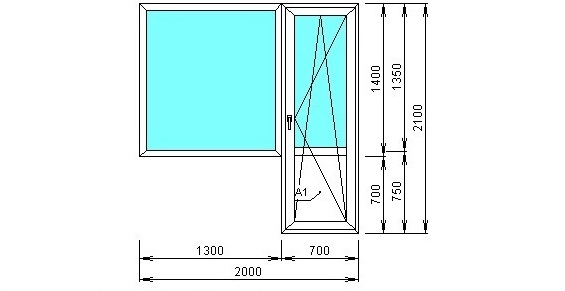
Bringing the machine onto the loggia is not difficult. The width of the balcony door is approximately 650 mm and more. Thus, a washing machine whose body does not exceed 60 cm in width will easily “fit” through the sash.
The biggest problems are associated with the need to supply communications to the washing machine on the loggia.An overly long drain hose will place increased stress on the pump, causing the pump to fail more often. However, you can replace it yourself; repairs will not take much time, money and effort. Therefore, here weigh the pros and cons of this method of installing the washing machine.
Organization of communications and installation
Let us discuss in general terms how the connection to communications occurs. For a washing machine on the balcony, it is necessary to provide an outlet, a cold water supply and a waste liquid outlet. Here are some tips on how to properly organize the process.
It is recommended to conduct all communications through the kitchen/loggia wall.
- From the kitchen sink to the balcony, grooves are laid for laying cold water supply and sewer pipes.
- Sleeves for pipes are placed in the holes drilled in the wall, where the water supply and sewerage connections are subsequently placed.
- The washing machine is installed strictly according to the level.
- The drain hose is connected to the sewer pipe using an adapter.
- A water supply tap is fixed to the water pipe and an inlet hose is connected to it.
- A special tee is installed under the sink, where additional communication outlets are connected.
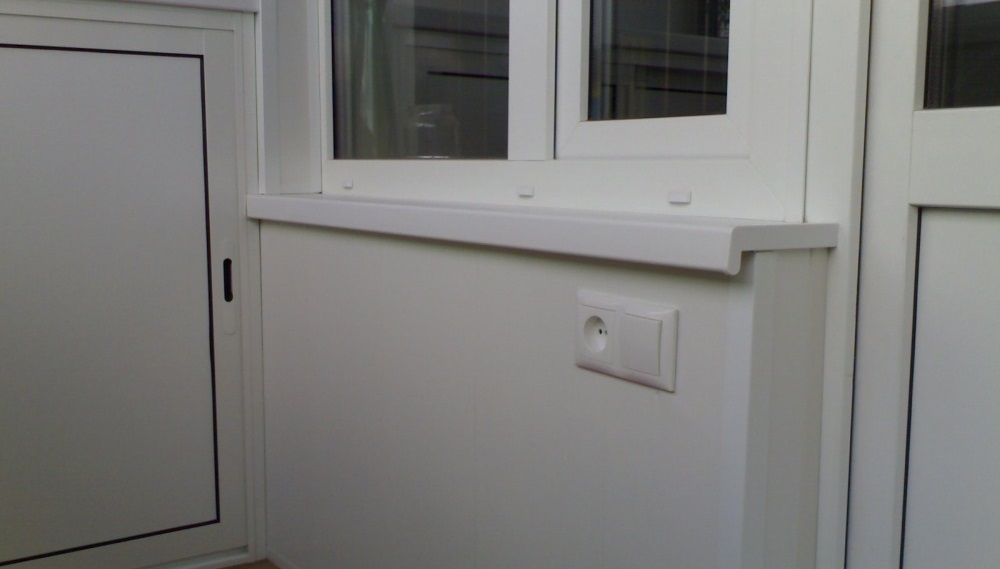
As for the organization of the power point, the outlet can be removed from the nearest electrical source. It is important that the battery can withstand the additional load generated by the automatic machine. Ideally, it is better to bring the wire to the balcony socket from the panel and plug it into the network RCD automatic machine.
If the length of the inlet and drain hoses allows, you can lead them directly through the walls, dispensing with pipes, but always through sleeves.
We store equipment on the balcony
If we are not talking about using the washing machine on the loggia, but simply about storing it there, then everything is much simpler. Before dragging equipment onto the balcony, you should thoroughly prepare the device for the upcoming winter. Water remains in the washing system, which, under the influence of sub-zero temperatures, will turn into ice and lead to rupture of the hoses.
How is a machine preserved for placing it on an unheated balcony? Storing the washing machine on the loggia in winter involves the following preparatory measures:
- disconnect the machine from the water supply and pour about 50 ml of anti-freeze liquid used for washing washing machine windows into the inlet hose;
- straighten the drain hose as much as possible to remove all accumulated liquid from the cavity;
- pour another 1 glass of “anti-freeze” (approximately 250 ml) directly into the washer drum;
- run a standard wash cycle;
- after an unsuccessful attempt by the machine to fill the drum with water, blow out the inlet hose and valve;
- select the spin function. This way the non-freezing liquid will penetrate deep into the elements of the system.
Thus, the machine is quickly prepared for storage on the loggia. If the balcony is not glazed, it is better to cover the body with cellophane to protect it from rain and snow. Having “mothballed” the machine, you don’t have to worry about its safety.
Interesting:
Reader comments
- Share your opinion - leave a comment

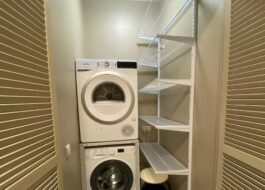

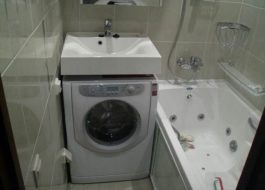
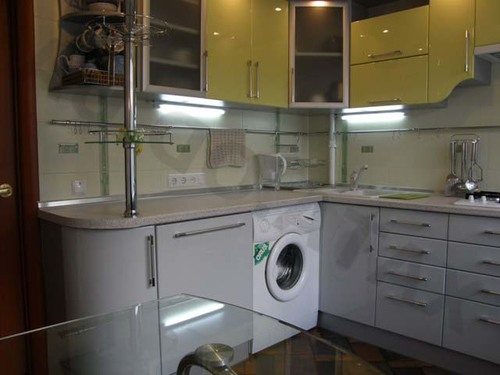
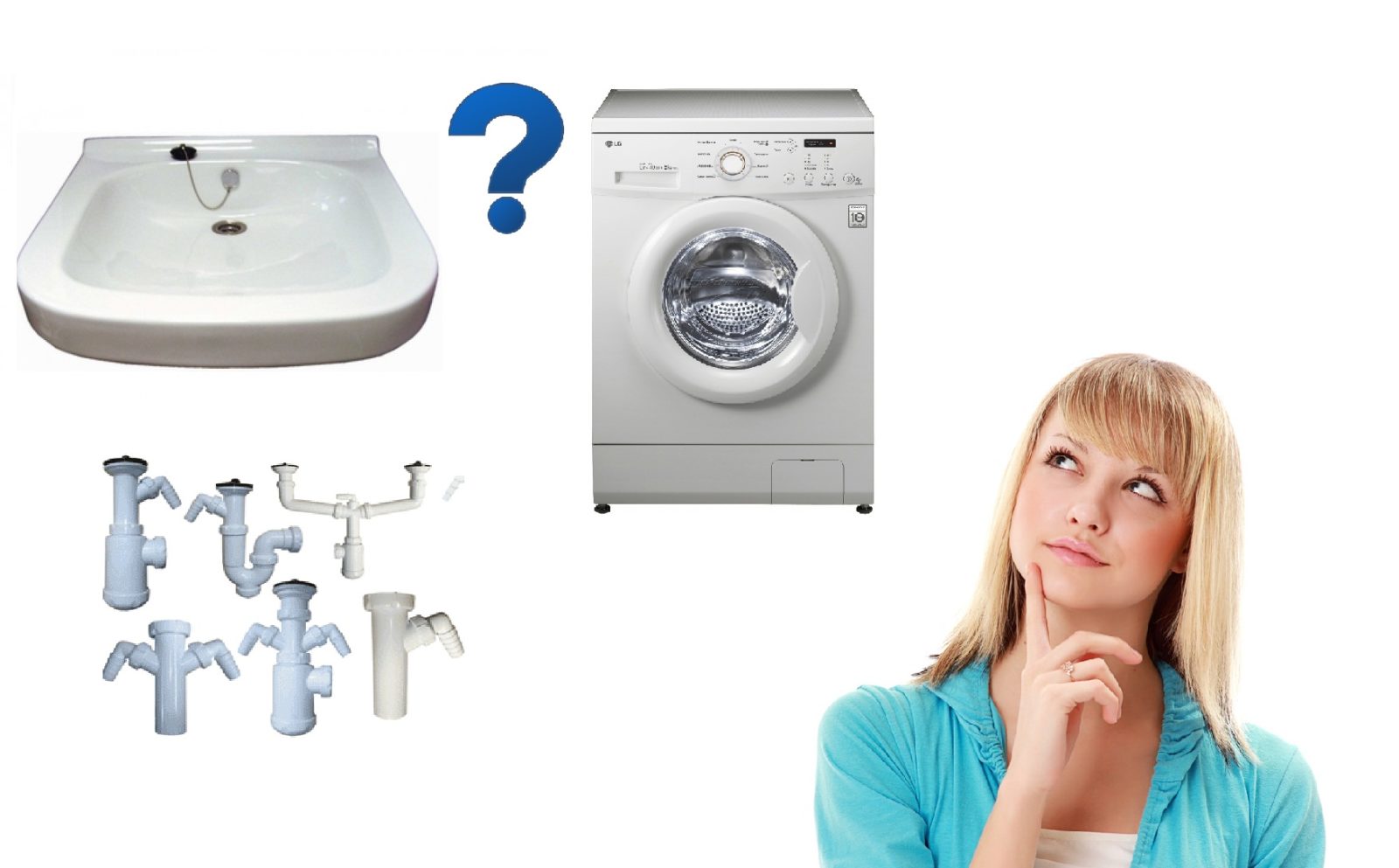















Add a comment